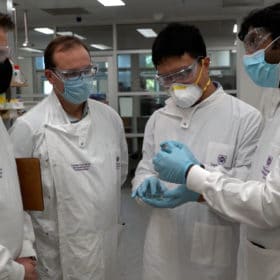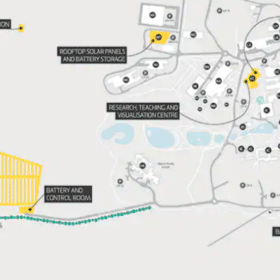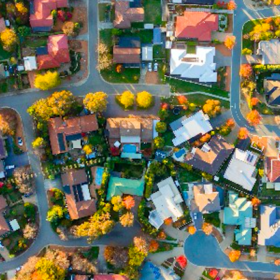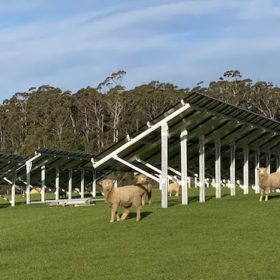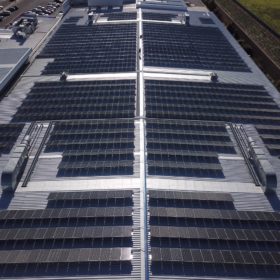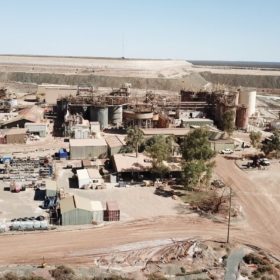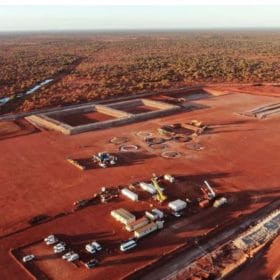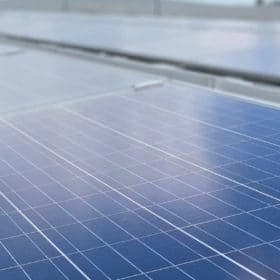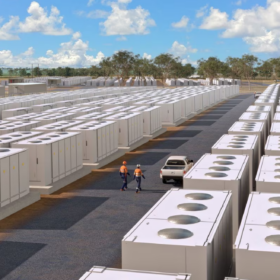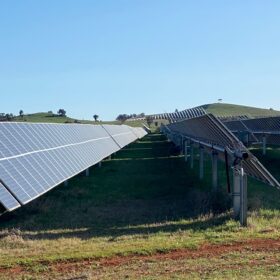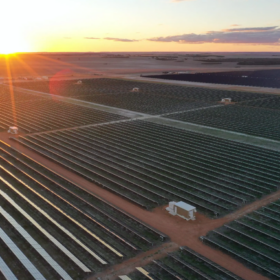Brisbane-based tech firm and University of Queensland team up to transform energy storage
The ‘Graphene Revolution’ is drawing near in energy storage, the sector where it is arguably needed most. Univeristy of Queensland scientists who devised aluminium-ion batteries with graphene electrodes have teamed up with Brisbane-based Graphene Manufacturing Group to push the technology into the commercial prototype phase, a potentially early marker for a technology that could transform energy storage.
Deakin University’s enterprising plans for its new microgrid
Microgrids afford an opportunity to essentially become a power station operator. That opportunity, says Dr Adrian Panow, the Director of Deakin’s Energy Initiative, unearths a number of urgent questions ranging from the technical all the way to the ethical. They are questions cross-faculty researchers at Deakin University, now home to a sizeable microgrid, plan to interrogate.
Victorian government launches VPP pilot program
Victoria’s Andrews Government has launched a battery aggregation pilot program which seeks to build an “approved aggregation provider list” alongside the Solar Homes battery rebate. The Victorian Government sees the future of virtual power plants and microgrids and this is an opportunity for both consumers and providers to benefit.
Tasmanian sheep farm installs flow battery-based microgrid system
Redflow’s Systems Integration Architect and largest shareholder has brought his work home, installing a 280kWh Redflow battery-based microgrid at his sheep farm in northwest Tasmania.
Retail property major makes solar PV move
SCA Property Group has revealed plans to commence installing solar PV energy systems on the rooftops of some of its $3.5 billion shopping centre portfolio as it looks to establish itself as one of the biggest renewable energy generators in the Australian retail property sector.
Juwi builds on off-grid portfolio with 13 MW solar project
The Australian arm of German renewable energy specialist juwi has added another off-grid solar PV project to its burgeoning portfolio, announcing it will construct a 13 MW solar farm at the site of the Gruyere gold mine in Western Australia.
Australia’s vanadium prospects progress as two leading companies evolve flow battery strategies
In a strange synchronicity, two of Australia’s major aspiring vanadium producers have today come out with announcements. TNG Limited has solidified a deal to commercialise vanadium redox flow batteries using output from its Mount Peake project, while competitor Australian Vanadium has filed a patent application for its vanadium processing route.
WA mining company begins journey towards renewable power station with battery install
Gold mining company Wiluna Mining Corp has started its move to renewables, installing a 2 MW battery to replace diesel generators with plans to integrate solar, wind or pumped storage options in the coming years.
Red 5 signs on for ride with renewables-powered mining on the rise
Australian gold producer Red 5 is the latest mining company making the switch to renewables, engaging remote power generation specialist Zenith Energy to install a 30 MW hybrid solar PV-gas power plant at its King of the Hills gold mine in Western Australia.
‘Largest rooftop solar farm in Australia’ part of CEP.Energy battery project
Green energy fund CEP.Energy has unveiled plans to construct Australia’s largest rooftop solar farm and a new grid-scale battery on the outskirts of Adelaide as part of its ambition to build 1.5 GW of solar and 2 GW of big battery capacity around Australia.
